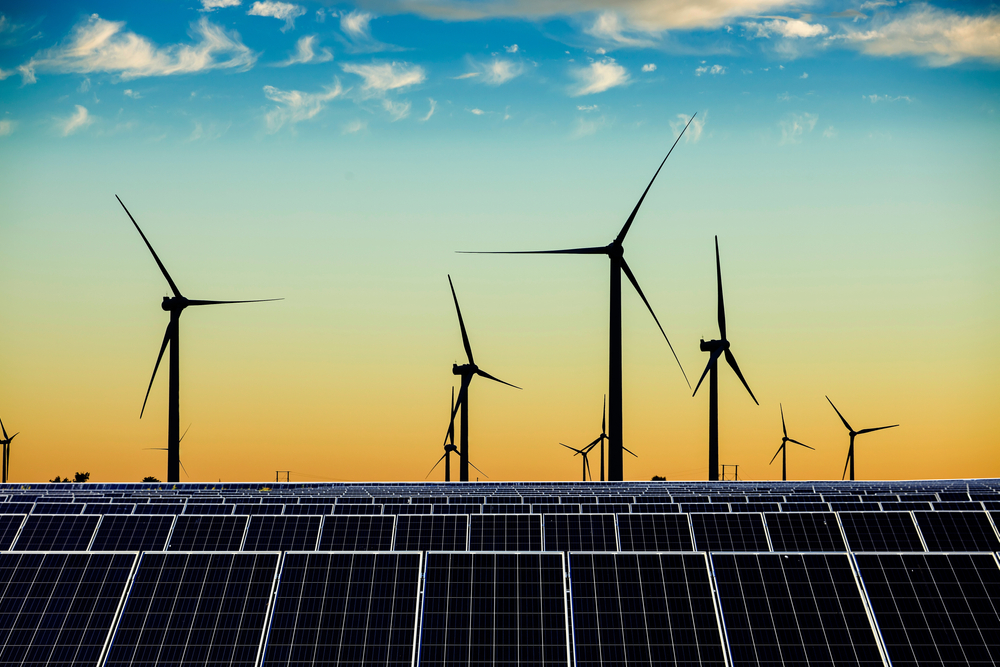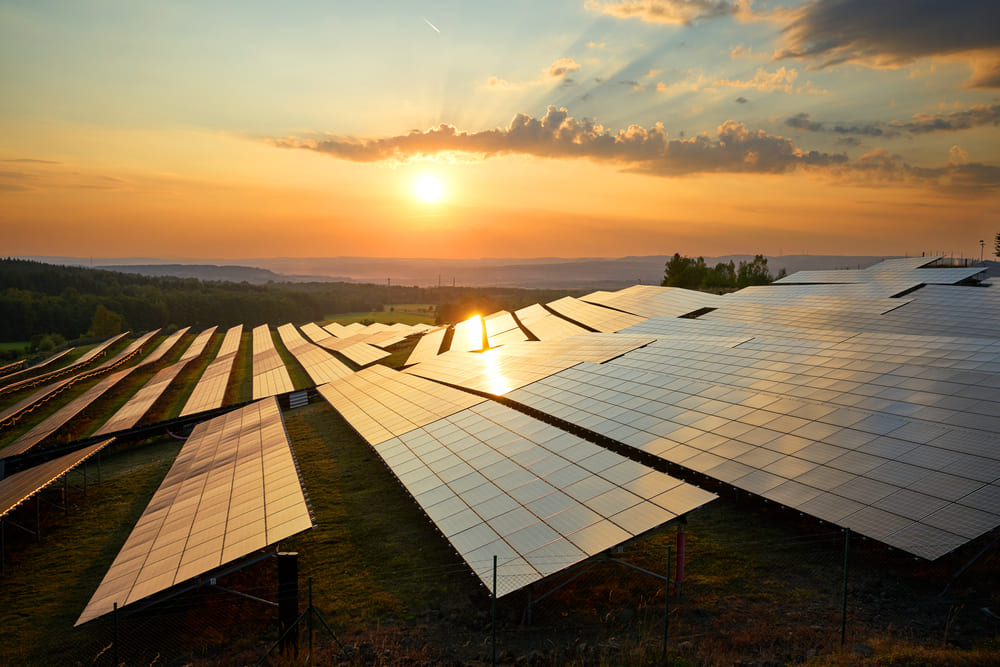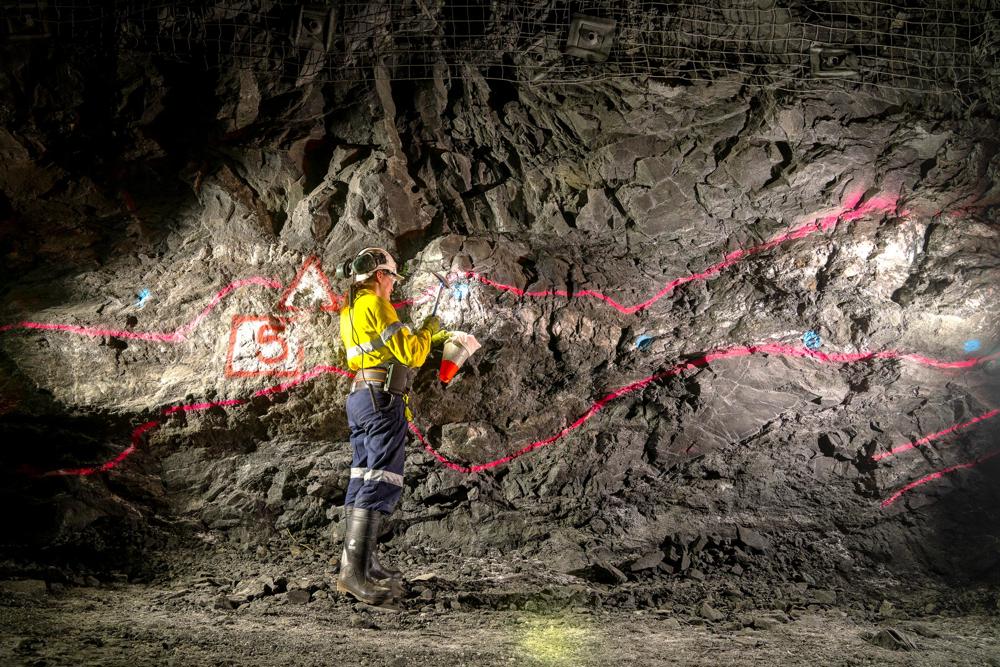
Investment in Australian renewable energy projects by oil and gas majors has grown seven-fold in three years, according to an analysis by PwC Australia’s Integrated Infrastructure team.
A new report, Renewable energy market gives developers and investors pause for thought, explores the risks and rewards emerging from the rapidly-growing energy market in Australia, especially when it comes to partnerships between developers and investors.
The report sets a blueprint for how developers and investors can partner together to bring projects from the concept phase to completion.
Over the 2017/18 calendar years, investment by oil and gas companies was virtually non-existent – at just two per cent of renewable energy projects – but by 2019/20 that figure had risen to more than 15 per cent.
According to the Clean Energy Council, there are currently in excess of 100 large-scale wind and solar projects either under construction or planned to start construction soon.
If all are successful, they will pave the way for more than 13,000 Australian jobs and an additional 10 gigawatts (GW) of capacity into the National Electricity Market (NEM).
PwC Australia Integrated Infrastructure partner, Danny Touma, who specialises in environmental transactions and advisory, said Australia’s renewable energy supply is set to expand exponentially and the ripples of change in today’s energy market will soon turn to waves.
“When developers and investors are prepared to ride those waves, they set themselves up for long-term growth and higher returns, but those who fail to see what’s coming might not be so buoyant,” Touma noted.
Spurring on the appetite for investment in renewable energy infrastructure projects in Australia is the rise in non-traditional investors and utilities majors, who are increasingly seeking to decarbonise in order to improve their ESG credentials.
Touma said: “The sector is ripe for partnerships between local developers who often find it challenging to access capital and negotiate regulatory hurdles to get projects off the ground, and corporates who are seeking to build their net-zero carbon credentials, but while these partnerships have potential benefits for both parties, there are steps that should be taken to ensure they are successful.”
Developers are facing steep challenges to close projects – and investors can help
As the report finds, while the rates of change are increasingly making the Australian market more complicated, there are a number of discernible trends:
- Market structure – Large energy users are accelerating their purchasing of renewable power directly from generators, through corporate power purchase agreements;
- Increased engagement from stakeholders – Local communities, governments, off-takers, networks and landholders are all taking a greater interest in the owner of projects;
- Governments relationships – State governments are increasingly involved in Australia’s renewable energy policy and market, meaning developers need expertise and experience in government relations and lobbying, and networks to leverage;
- Regulation – Regulatory change can post unintended economic consequences for developers in certain parts of the grid, meaning they must have sight of all regulatory proposals and forthcoming changes;
- Technology – Technological developments are driving down the costs of energy generation and storage; and
- Grid congestion – The increasing number of new generators seeking grid connection is placing additional pressure on the power system and is causing substantial delays for developers.
Touma said ultimately, these market challenges spell higher costs for developers, and it is particularly problematic for those who are finding it hard enough as it is to access capital or navigate difficult approvals processes.
“Developers are increasingly seeing the need to secure suitable investors at an earlier stage than in the past. The good news is that investors are out there, although they are seeking more influence over development projects,” he said.
Dynamic market forces are changing the shape and structure of current and future deals
While developers are looking for early access to capital, large strategic investors such as utilities, oil and gas companies, or infrastructure funds, are increasingly seeking to influence renewable development, avoid ‘cost of capital’ auctions at the ready-to-build stage, avoid expensive individual sale processes and focus on their need to decarbonise and manage a larger portfolio of renewables.
PwC Australia’s analysis finds close to 22 per cent of renewable energy projects in Australia in 2020 that achieved financial close were developed by smaller boutique developers, down from 30 per cent in 2017.
This was underpinned by more early investment from strategic investors and independent power producers (IPPs) to help developers bring projects to financial close, and manage the aforementioned risks.
The types of partnerships dominating the market
While every partnership is unique in its own way, they usually tend to focus on one of two structures: investors purchase parts or all of a development company, or investors purchase a specific pipeline of projects.
“Regardless of which form a partnership takes, investors and developers need to consider appropriate due diligence before taking the plunge. This helps ensure both parties enter negotiations with a clear and realistic view of one another’s expectations, capabilities and risk appetite,” shared Touma.
“Despite challenges, the Australian renewable energy market offers opportunities for developers and investors to embark on mutually-beneficial partnerships, but taking the time to get these partnerships right will set them on their way to success, with long-term rewards.”
Key questions for developers and investors before taking the plunge
There are a range of key questions developers and investors alike need to consider before entering into partnerships. For developers, these include:
- Am I more likely to succeed by entering this partnership?
- What is the investor’s appetite for the Australian energy market, and how does it fit with their broader decarbonisation strategy?
- What milestone payment structure are we prepared to accept, and do we have minimum payment requirements for certain milestones?
- What elements of my projects remain in my control? What resources, networks and expertise might we gain out of being part of this group?
Likewise, investors need to ask themselves:
- What is the developer’s track record and history of successful projects?
- What method does the developer follow to identify projects and sites?
- How is the developer internally resourced and structured?
- How is the developer managing competition to connect to the grid, so that network connection is secured and ready once projects are?
Read PwC Australia’s latest report: Renewable energy market gives developers and investors pause for thought.












